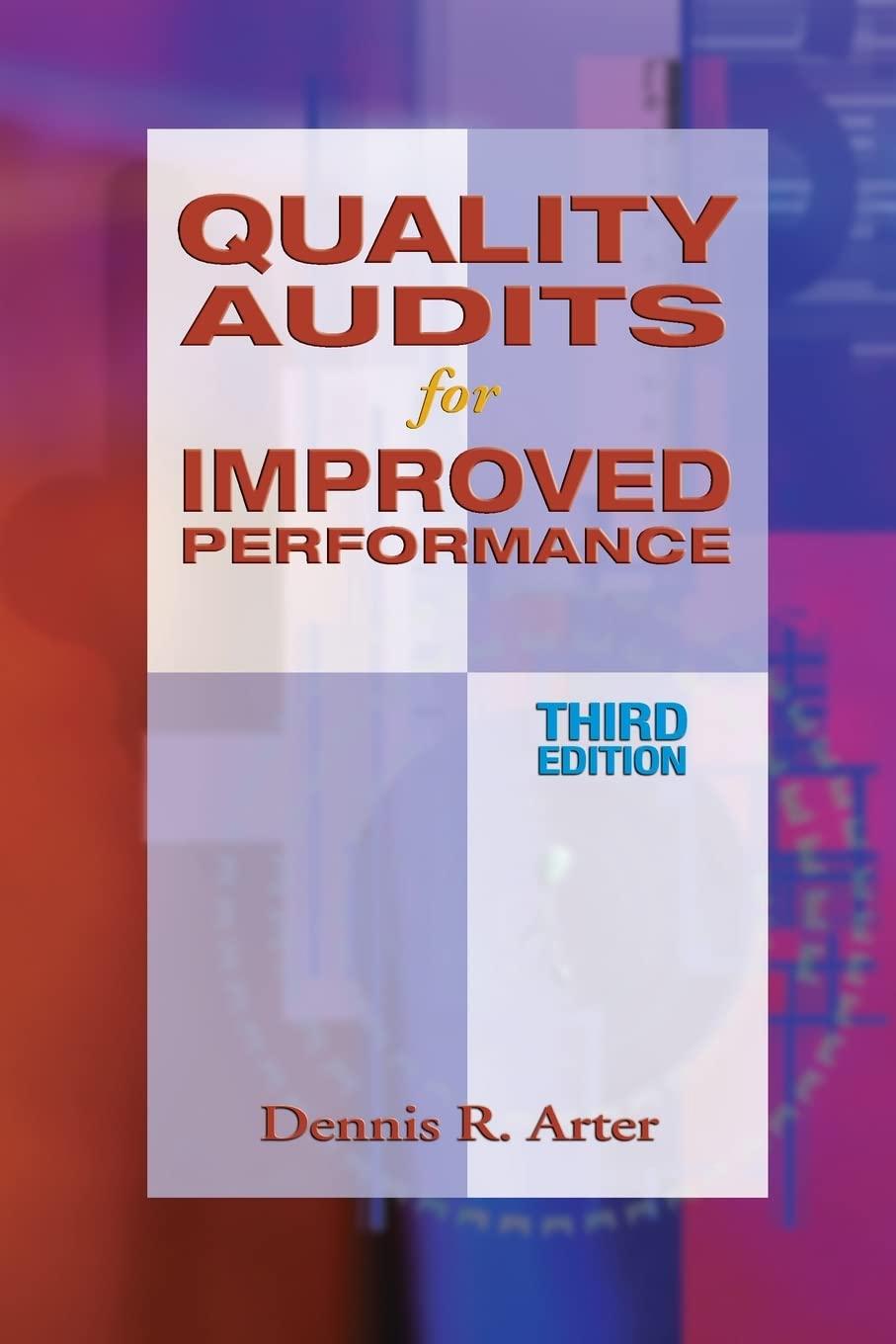

1. Show how each of the transactions would affect the accounting equation. Begin by entering the beginning balances of the shareholder accounts. Some of the account names will be abbreviated. a. Contributed capital on January 1, 2010, consisted of 84,000 issued and outstanding shares of common stock with par value of $2; additional paid-in capital in excess of par of $470,000; and retained earnings of $600,000. (Use parentheses or a minus sign when entering component decreases or contra account increases. If a transaction has no effect on the accounting equation, leave the equation blank. Use only the necessary input lines.) Shareholders' Equity Contributed Retained Assets = Liabilities + Capital + Earnings $ Account $ Account $ Account $ Account Bal b. During the first quarter of 2010, Casting Company issued an additional 2,000 shares of common stock for $12 per share. (Use parentheses or a minus sign when entering component decreases or contra account increases. If a transaction has no effect on the accounting equation, leave the equation blank. Use only the necessary input lines.) Shareholders' Equity Contributed Retained Assets = Liabilities + Capital + Earnings $ Account $ Account $ Account $ Account 10 c. On July 15, the company declared a 2-for-1 stock split. (Use parentheses or a minus sign when entering component decreases or contra account increases. If a transaction has no effect on the accounting equation, leave the equation blank. Use only the necessary input lines.) Shareholders' Equity Contributed Retained Assets = Liabilities + Capital + Earnings $ Account $ Account $ Account $ Account d. On October 15, the company declared and distributed a 9% stock dividend. The market price of the stock on the that date was $14 per share. (Use parentheses or a minus sign when entering component decreases or contra account increases. If a transaction has no effect on the accounting equation, leave the equation blank. Use only the necessary input lines. Round the par value to the nearest cent.) Shareholders' Equity Contributed Retained Assets = Liabilities + Capital + Earnings $ Account $ Account $ Accounts $ Account e. On November 1, the company declared a dividend of $0.80 per share to be paid on November 15. Record the entry for the declaration of dividends on November 1. (Use parentheses or a minus sign when entering component decreases or contra account increases. If a transaction has no effect on the accounting equation, leave the equation blank. Use only the necessary input lines.) Shareholders' Equity Contributed Retained Assets = Liabilities + Capital + Earnings $ Account $ Account $ Account $ Account Record the entry for the payment of the dividends on November 15. (Use parentheses or a minus sign when entering component decreases or contra account increases. If a transaction has no effect on the accounting equation, leave the equation blank. Use only the necessary input lines.) Shareholders' Equity Contributed Assets = Liabilities + Capital + Earnings $ Account $ Account $ Account $ Account Retained f. Near the end of the year, the company's CEO decided the company should buy 500 shares of its own stock. At that time, the stock was trading for $15 per share in the stock market. decreases or contra account increases. If a transaction has no effect on the accounting equation, leave the equation blank. Use only the necessary input lines.) Shareholders' Equity Contributed Retained Assets = Liabilities + Capital + Earnings $ Account $ Account $ Account $ Account g. Net income for 2010 was $78,000. Net income would 2. Prepare the shareholders' equity section of the balance sheet at December 31, 2010. (Round the par value to the nearest cent.) Shareholders' equity: shares par, issued; shares Joutstanding Total paid-in capital shares Less: Total shareholders'.equity








